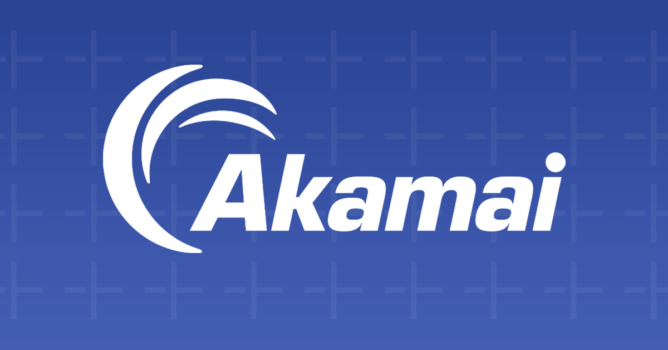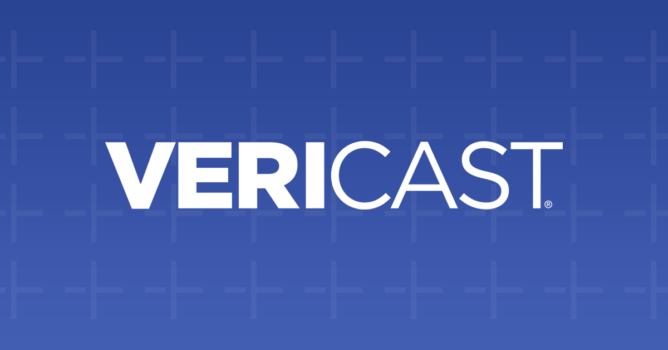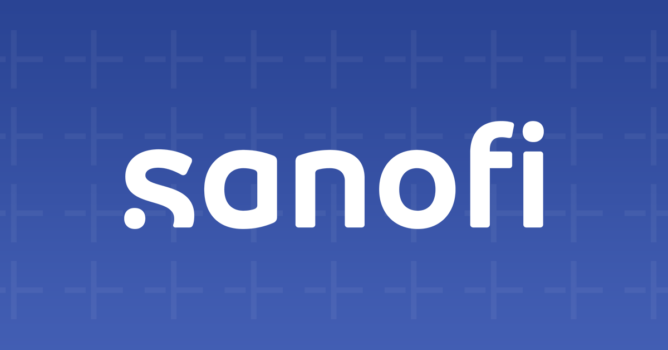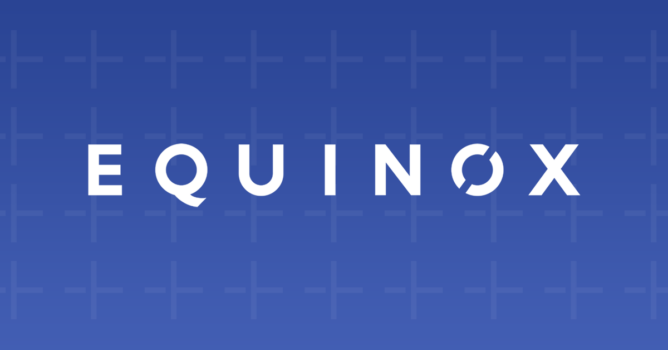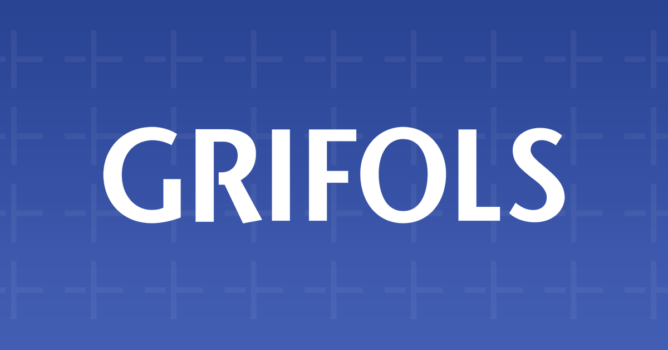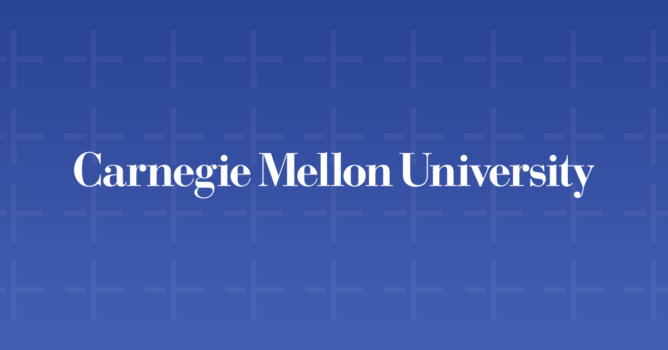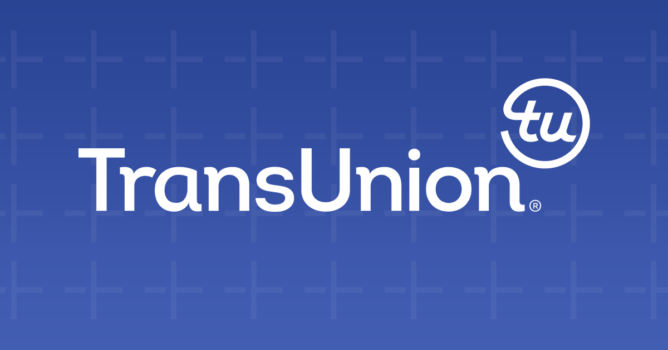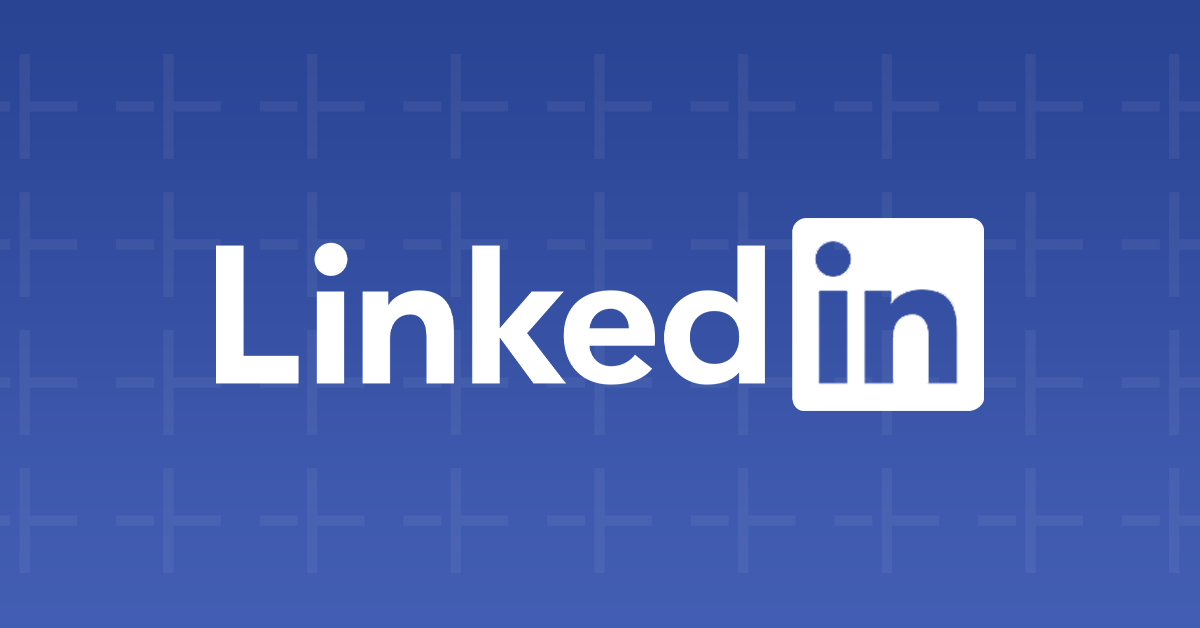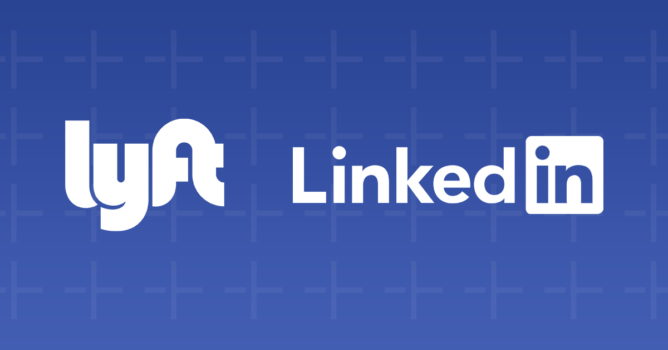Kittle Empowers People Managers to Handle Employee Issues on Their Own Using managER
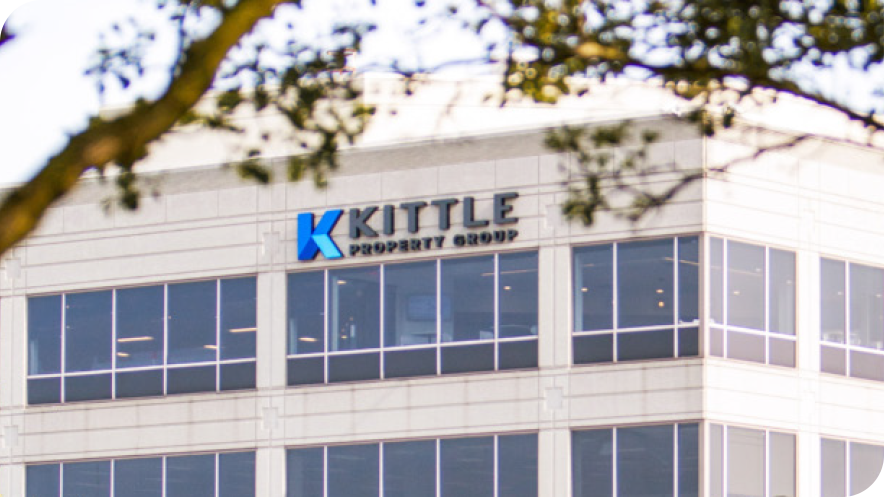
The Challenge
Kittle was already successfully using HR Acuity to manage ER cases, but the ER team saw the need for a centralized place where their managers could address everyday employee issues and document them daily. They wanted the ability to see what was happening in the managers’ worlds and coordinate the appropriate disciplinary action process between HR and the manager.
Before they implemented managER, there was no coordination and managers had no place to store their documentation. As a result, the ER team couldn’t see where managers needed ER support.
Troublesome trends and hot spots were being missed. The team knew they needed to change their process to gain manager level insights and improve their organization.
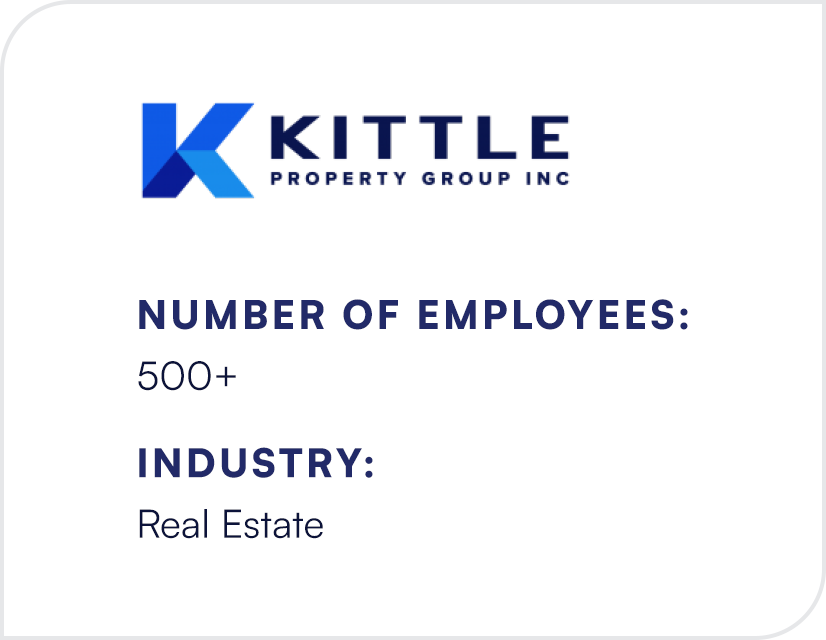
Discover How Kittle Empowers People Leaders with managER
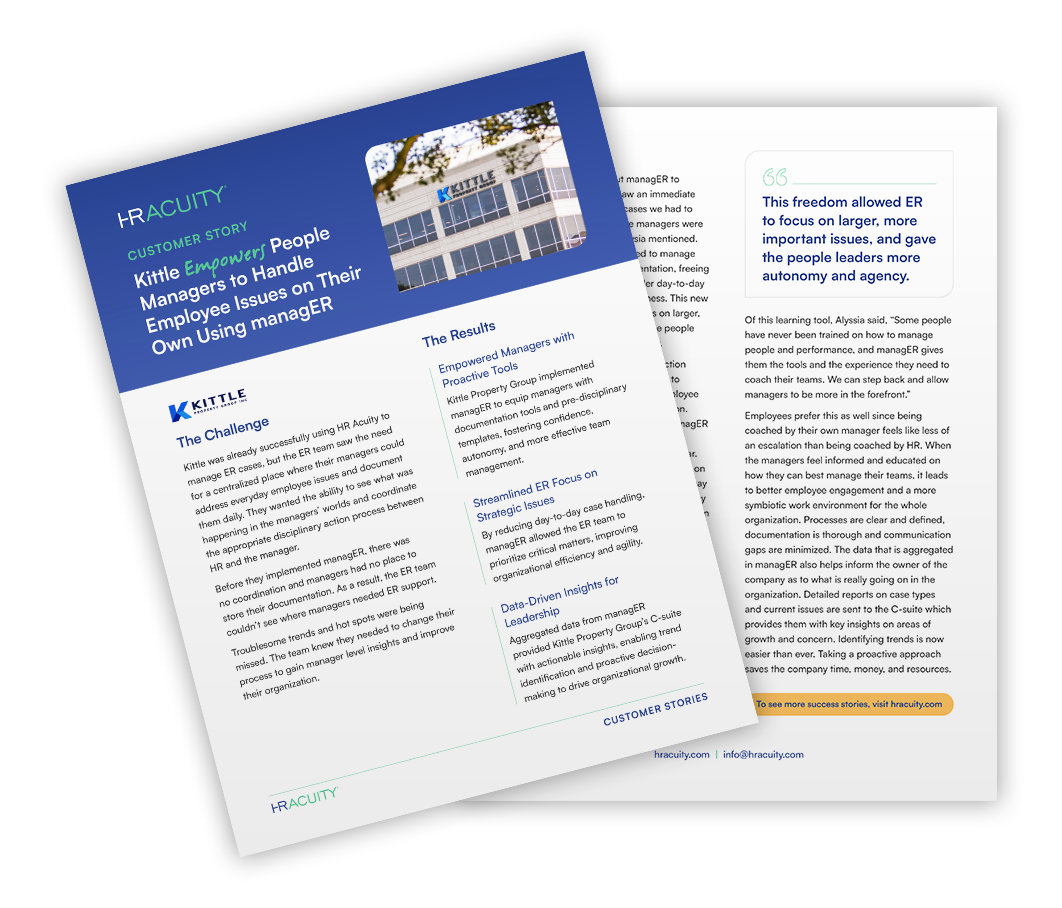
At-a-Glance
Empowered Managers with Proactive Tools
Kittle Property Group implemented managER to equip managers with documentation tools and pre-disciplinary templates, fostering confidence, autonomy, and more effective team management.
Streamlined ER Focus on Strategic Issues
By reducing day-to-day case handling, managER allowed the ER team to prioritize critical matters, improving organizational efficiency and agility.
Data-Driven Insights for Leadership
Aggregated data from managER provided Kittle Property Group’s C-suite with actionable insights, enabling trend identification and proactive decision-making to drive organizational growth.

“We think that managER is a wonderful system for us, and we’re excited about the changes we’ve seen so far.”
The Solution
“Once we started to roll out managER to our people managers, we saw an immediate reduction in the number of cases we had to enter into the system because managers were handling their own cases,” Alysia mentioned. People leaders were empowered to manage their teams with proper documentation, freeing the ER team from handling smaller day-to-day issues like absenteeism and tardiness. This new found freedom allowed ER to focus on larger, more important issues, and gave the people leaders more autonomy and agency.
They also leveraged predisciplinary action templates that allowed people leaders to document conversations with their employee before they triggered a disciplinary action. Alyssia went on to say, “we think that managER is a wonderful system for us, and we’re excited about the changes we’ve seen so far. Empowering managers to handle situations on their own gives them confidence that they may not have had before because they felt like they weren’t trusted to deal with employee issues on their own.”
The outcome? More agile, effective teams. Another key change that empowered both teams was setting up a self-service e-learning site for managers. Managers can now go to the self-service training first to get questions answered as well as explore helpful resources on best practices, processes and more. Managers are able to get help on demand, at their fingertips, whenever they need it instead of waiting to schedule a meeting with a member of the ER team to receive advice.
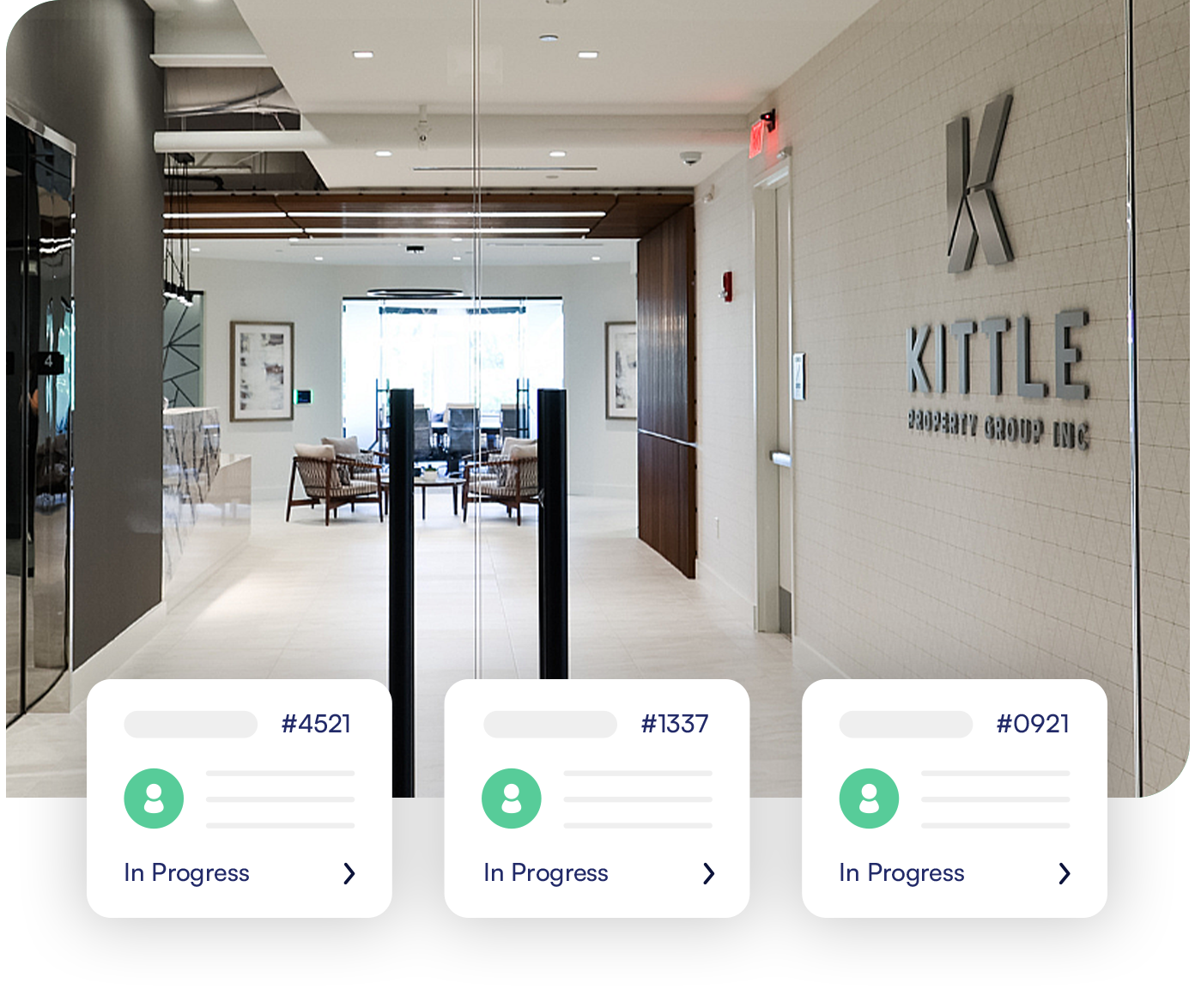
Of this learning tool, Alyssia said, “Some people have never been trained on how to manage people and performance, and managER gives them the tools and the experience they need to coach their teams. We can step back and allow managers to be more in the forefront.”
Employees prefer this as well since being coached by their own manager feels like less of an escalation than being coached by HR. When the managers feel informed and educated on how they can best manage their teams, it leads to better employee engagement and a more symbiotic work environment for the whole organization. Processes are clear and defined, documentation is thorough and communication gaps are minimized.
The data that is aggregated in managER also helps inform the owner of the company as to what is really going on in the organization. Detailed reports on case types and current issues are sent to the C-suite which provides them with key insights on areas of growth and concern. Identifying trends is now easier than ever. Taking a proactive approach saves the company time, money, and resources.
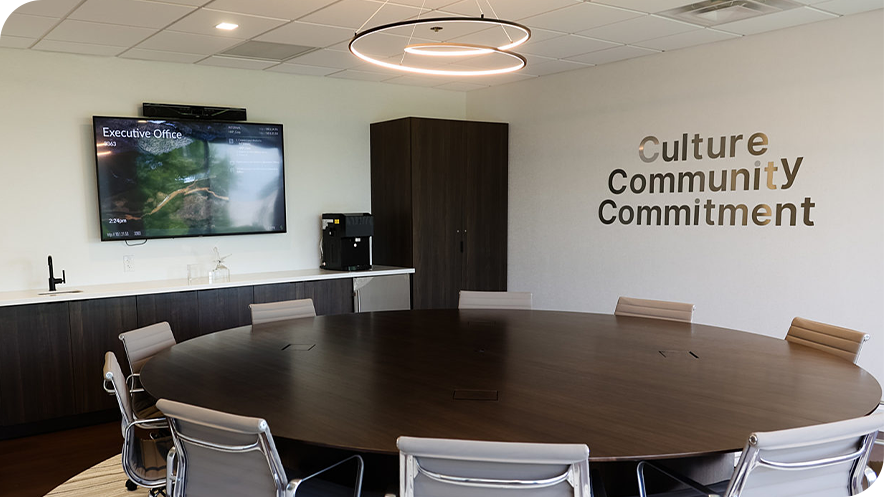
“This freedom allowed ER to focus on larger, more important issues, and gave the people leaders more autonomy and agency.”
See Why We’re the #1 Leader in Employee Relations Case Management
With our award-winning employee case management software, we are helping companies like yours become more efficient, organized and transparent.

